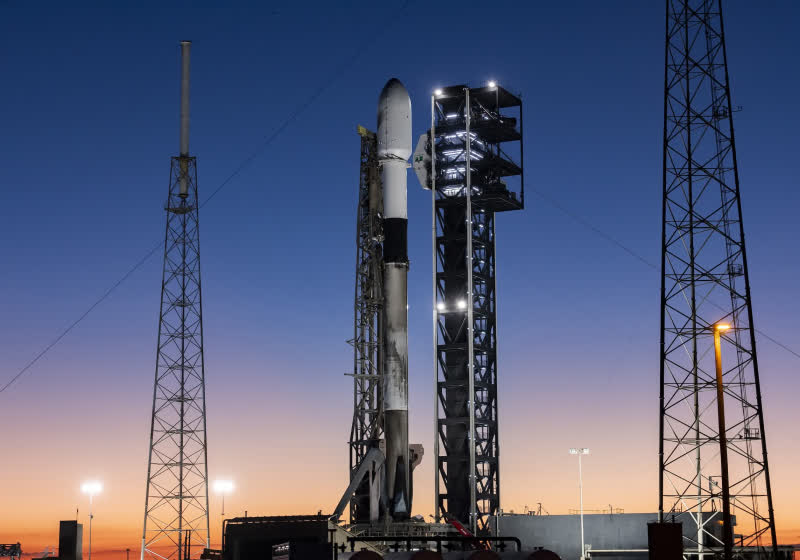
Welcome to the age of hybrid work, where businesses will augment the human workforce with AI agents -- the birth of the autonomous enterprise, according to research from technology specialist MuleSoft. Here are the top seven trends that Mulesoft suggests are shaping digital transformation in 2025:
- House of AI agents: The autonomous enterprise built on a "house of agents" will take hold, as organizations augment the human workforce with AI, freeing them to focus on more valuable work.
- Mature agentics: Autonomous AI agents will become a critical building block for the modern digital enterprise as AI strategies reach a new level of maturity.
- Multi-agent architectures: These technologies will demand built-in governance guardrails to mitigate security and privacy risks without impacting user productivity.
- Autonomous RPAs: Generative AI-assisted automation capabilities will be increasingly offered by robotic process automation vendors in 2025 as the technology evolves to become more autonomous and AI-driven.
- AI-driven business restructuring: Existing work structures will be dismantled as AI drives a wide-scale transformation by changing the nature of traditional roles and creating new ones.
- Self-driving business apps: Self-integrating apps will ease innovation bottlenecks and enhance AI models by connecting them with the most accurate, comprehensive, and contextually relevant data.
- Improved execution velocity with super apps: Super apps and digital work hubs will offer employees access to a broad range of capabilities from a single interface to supercharge hybrid workforce productivity.
Here are some key findings from the first five trends revealed by MuleSoft.
Trend 1: The autonomous digital enterprise will take hold
According to the World Economic Forum (WEF), almost a quarter (23%) of jobs will undergo "structural change" over the next five years due to technological advancements and economic shifts.
Deloitte, meanwhile, found that 63% of business leaders believe autonomous workforces will drive innovation and agility within their organizations, and they are in a great place to realize these benefits.
Nearly all IT leaders (91%) claim their teams are currently involved in projects aimed at building connected experiences that streamline workflows across an autonomous digital workforce.
Also: 4 ways business leaders are using AI to solve problems and create real value
Trend 2: Autonomous agents will proliferate as AI matures
Capgemini predicted that 82% of organizations plan to integrate AI agents across their operations within the next three years. Capgemini also noted that 56% of organizations plan to use small language models within the next three years, and 60% say these models are easier to tailor and fine-tune for specific needs.
According to Frost & Sullivan, the top frustrations users currently have with virtual agents include poor error recovery (34%), slow resolution (33%), and technical difficulty (33%).
Poor integration is the common theme behind all these challenges. If agents are unable to access the data and capabilities they need to understand user queries, find a solution, and resolve these issues for them, their impact is severely limited. As many as 95% of IT leaders claim integration issues are a key factor that impedes AI adoption.
Also: Is your business AI-ready? 5 ways to avoid falling behind
Trend 3: Multi-agent architectures will demand governance
The surge in demand for AI capabilities will exacerbate the problem of API and agent sprawl, which occurs when different teams and departments build integrations and automations without any centralized management or coordination. Already, an estimated quarter of APIs are ungoverned.
Three-fifths of IT and security practitioners said their organizations had at least one data breach due to API exploitation, according to a 2023 study from the Ponemon Institute and Traceable.
The security problem is only expected to become more widespread as multi-agent architectures expand. Gartner forecasted that 25% of enterprise breaches will be traced back to AI agent abuse by 2028.
Also: The top 20 AI tools of 2025 - and the No. 1 thing to remember when you use them
Trend 4: Robotic process automation will evolve
Robotic process automation (RPA) is already helping organizations enhance efficiency, cut operational costs, and reduce manual toil by up to two hours for each employee every week in the IT department alone.
These benefits have driven a growing interest in RPA. In fact, we could see near-universal adoption of the technology by 2028, according to Deloitte. In 2025, organizations will evolve their use of RPA technology to reduce the need for humans at every stage of the operational process. They will use autonomous agents to conduct more of the heavy-lifting work, such as programming RPA bots.
Gartner expects that 90% of RPA vendors will offer Gen AI-assisted automation capabilities in 2025.
Also: 5 ways to manage your team more effectively in the AI-enabled enterprise
Trend 5: Existing structures will be dismantled as AI drives change
Organizations are undergoing wholesale transformation, which will see their existing work structures dismantled in 2025 as AI becomes more centrally embedded in employee roles.
Accenture claimed 40% of all working hours can be impacted by LLMs.
By intelligently automating worker tasks, organizations can drive productivity increases and save almost 14% on operating costs, according to IDC.
AI offers broad benefits across the enterprise, but particularly for developers. Today, 85% of IT leaders believe the application of AI has increased developer productivity in their organization.
Deloitte found that three-quarters of organizations have increased their investments in data management, recognizing that developers will need robust data infrastructures to deploy AI solutions effectively.
Gartner found that 54% of organizations now have a head of AI or an AI leader. In more mature organizations, the executive in this role is responsible for directing the overall strategy behind AI adoption.
Also: 4 ways your organization can adapt and thrive in the age of AI
So, should CIOs aim for high performance or stability? Thanks to AI integration, business leaders are no longer forced to compromise. The trends shaping digital transformation in 2025 highlight how AI can help us design our companies like a Stealth aircraft. The trends also reveal that high-performing companies use AI to offload tasks and supercharge their teams, a combination of cognitive transfer and cognitive upgrades.
To learn more about the trends shaping digital transformation in 2025, you can visit here.

 4 months ago
67
4 months ago
67








 English (US) ·
English (US) ·